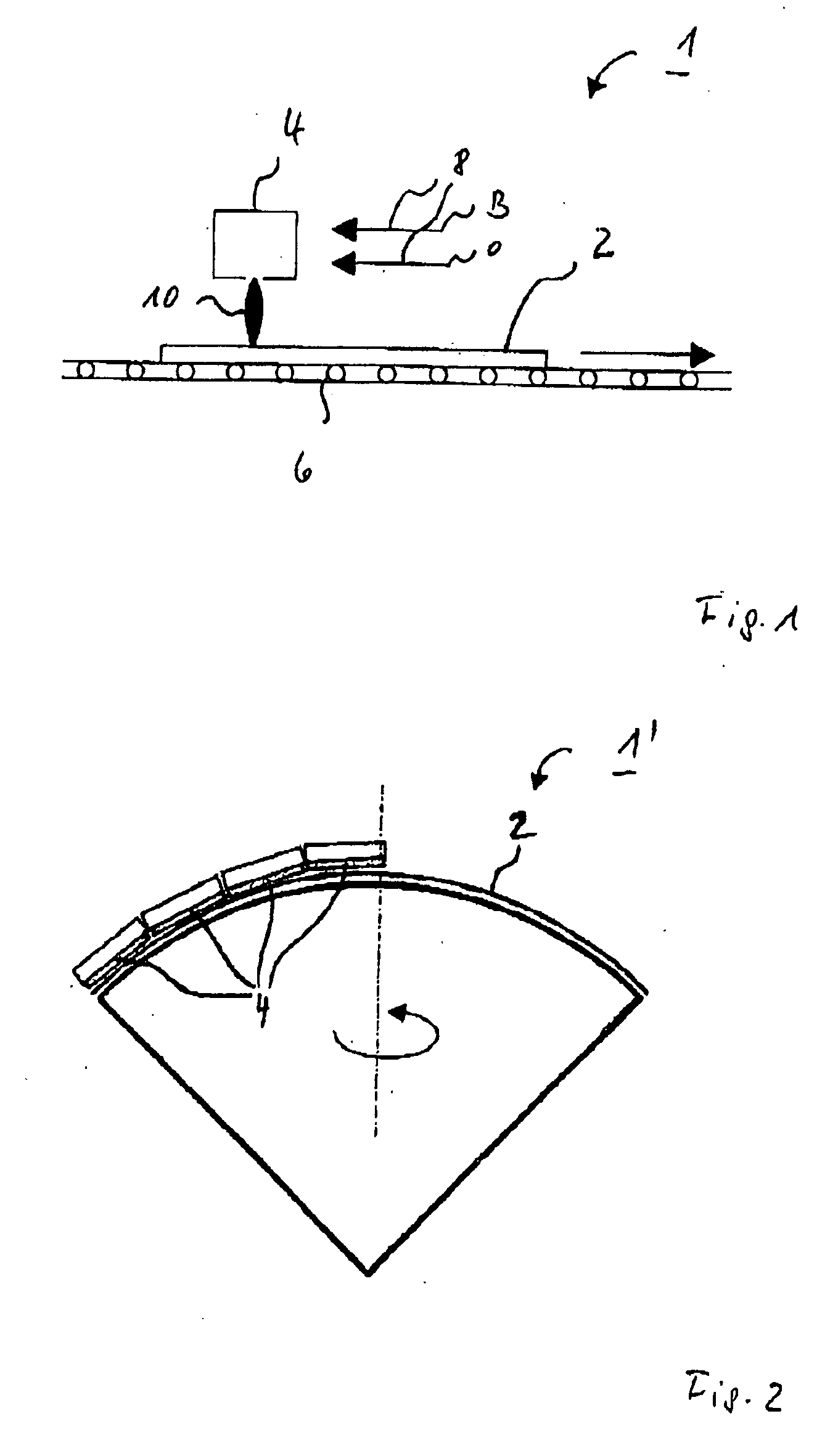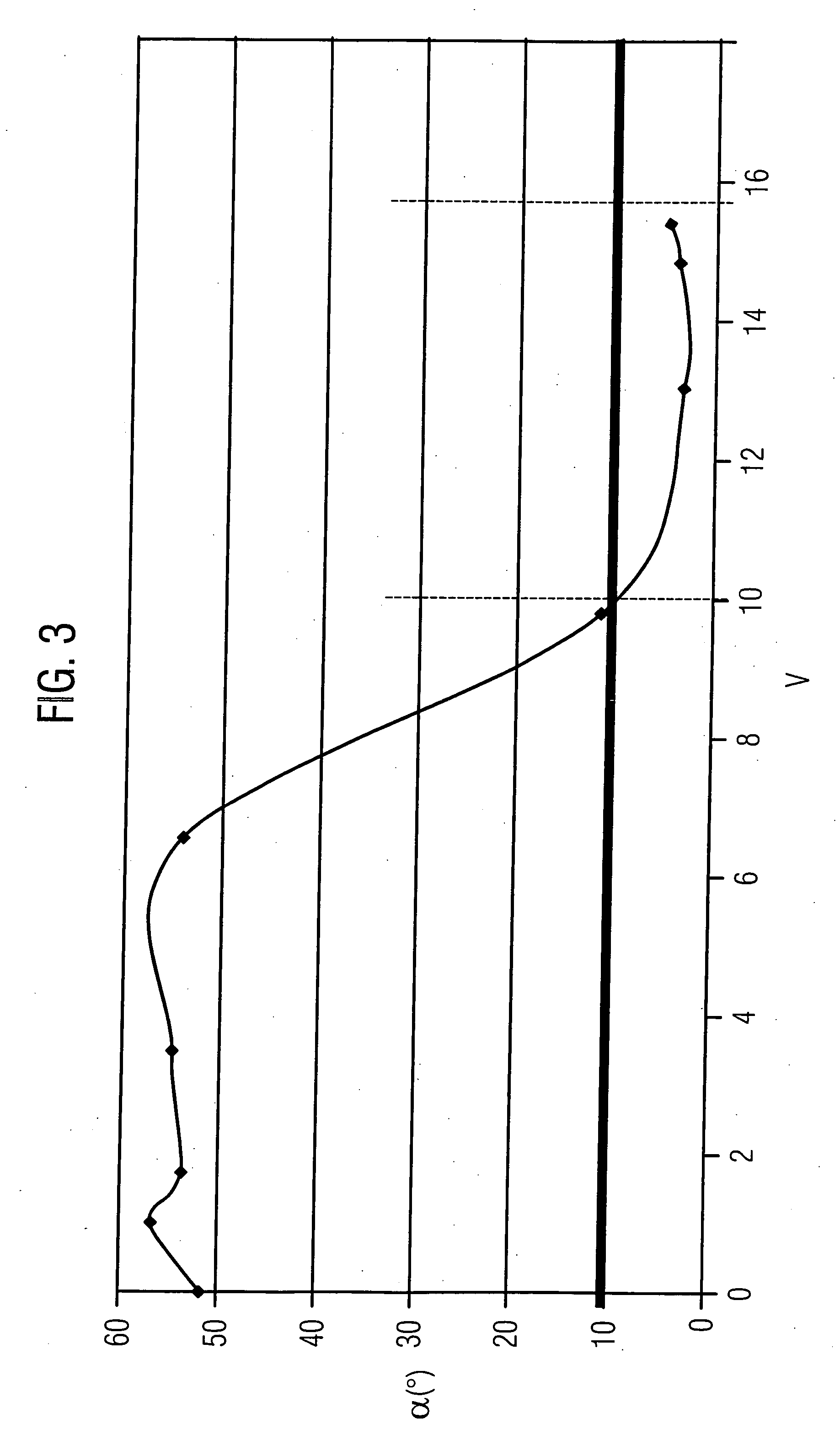Method for manufacturing a non-fogging element and device for activating such an element
- Summary
- Abstract
- Description
- Claims
- Application Information
AI Technical Summary
Benefits of technology
Problems solved by technology
Method used
Image
Examples
Embodiment Construction
[0022] The reactive treatment of the surface could be accomplished, for example, by the action of a sufficiently high temperature, in particular under atmospheric conditions, for example, in an oven. Alternatively or additionally, concepts such as plasma treatment in vacuum or plasma treatment in air could, in principle, be used, given the appropriate selection of the process parameters. In one advantageous embodiment, however, a corona treatment is proposed for the reactive treatment of the surface layer during the activation step; the surface being treated with a corona discharge when carrying out the activation step. However, relatively short treatment times and a relatively low level of equipment complexity for carrying out the activation step can be achieved in an advantageous embodiment by reactively treating the surface layer with a gas flame.
[0023] In order to activate the surface coating by exposure to a gas flame, a substrate coated with the photocatalytic material is adv...
PUM
| Property | Measurement | Unit |
|---|---|---|
| Length | aaaaa | aaaaa |
| Length | aaaaa | aaaaa |
| Speed | aaaaa | aaaaa |
Abstract
Description
Claims
Application Information
 Login to View More
Login to View More - R&D
- Intellectual Property
- Life Sciences
- Materials
- Tech Scout
- Unparalleled Data Quality
- Higher Quality Content
- 60% Fewer Hallucinations
Browse by: Latest US Patents, China's latest patents, Technical Efficacy Thesaurus, Application Domain, Technology Topic, Popular Technical Reports.
© 2025 PatSnap. All rights reserved.Legal|Privacy policy|Modern Slavery Act Transparency Statement|Sitemap|About US| Contact US: help@patsnap.com


